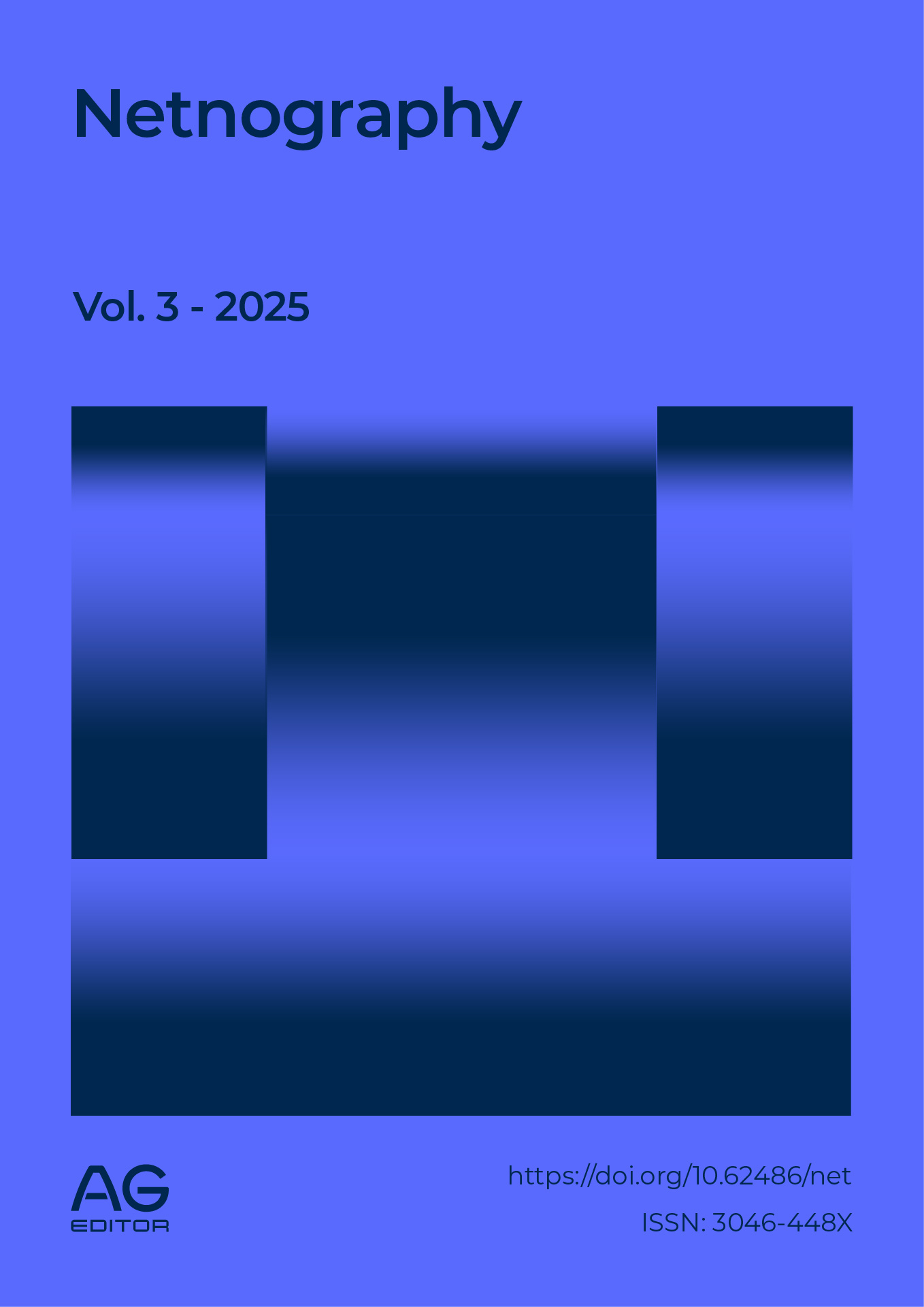The visible that does not transform: simulated activism, digital aesthetics, and symbolic power in brand culture
DOI:
https://doi.org/10.62486/net2025104Keywords:
Digital Communication, Social Inclusion, Body Positive, Aestheticization, Social NetworksAbstract
This paper critically analyzes brand activism in digital culture, using the lingerie brand Savage X Fenty, founded by Barbadian singer Robyn Rihanna Fenty, as a case study. The text studies the social inclusion promoted by this and other brands and how visibility does not necessarily imply structural transformation, but rather favors an aesthetic and symbolic strategy within digital capitalism. Through concepts such as simulacrum, aestheticization, aesthetic citizenship, and symbolic consumption, it examines how difference is represented in a spectacular way, but with its disruptive potential deactivated. The text draws on the theories of Baudrillard, Han, Butler, Zafra, Canclini, and Reguillo to show the impact of digital platforms, their algorithms, and transmedia narratives on the configuration of subjectivities, desires, and forms of effective participation. The paper warns that the visibility of diverse bodies, far from questioning the status quo, can reinforce power structures by turning difference into a commodity. In this case, brand activism is shown to be a form of symbolic management of dissent, where politics becomes spectacle. The authors propose rethinking digital communication not only as a channel of representation, but as a space for symbolic contestation with high transformative potential.
References
1. Baudrillard J. La ilusión del fin o la huelga de los acontecimientos. Anagrama; 1998.
2. Platón. La República. Martínez F, translator. Gredos; 2003.
3. Baumgarten AG. Reflexiones filosóficas acerca de la poesía. Redondo P, editor. Kairós; 2007.
4. Debord G. La sociedad del espectáculo. Black & Red; 1967.
5. Pardo JL. Estética de lo peor. Anagrama; 2007.
6. Han BC. La sociedad de la transparencia. Herder; 2012. DOI: https://doi.org/10.2307/j.ctvt9k5qb
7. Han BC. La expulsión de lo distinto. Herder; 2017.
8. Savage X Fenty. Savage X Fenty Show Vol. 2 [video]. Amazon Prime Video; 2020.
9. Zafra R. El entusiasmo: Precariedad y trabajo creativo en la era digital. Anagrama; 2017.
10. Canclini NG. Consumidores y ciudadanos. Grijalbo; 1995.
11. Canclini NG. La sociedad sin relato. Katz Editores; 2010. DOI: https://doi.org/10.2307/j.ctvm7bcb0
12. Monsiváis C. Escenas de pudor y liviandad. Grijalbo; 1988.
13. Butler J. El género en disputa. Paidós; 2007.
14. Reguillo R. La construcción simbólica del miedo. Ediciones Paidós; 2000.
15. Dangmann L. Angels and ideals: The cultural impact of Victoria’s Secret on body image and mental health. Journal of Popular Culture and Society. 2023;45(2):134-50. https://doi.org/10.1234/jpcs.2023.04502
16. Garay Cruz LM. Colectivos de diversidad sexual, redes sociodigitales y ciberactivismo como escenarios de visibilidad. Universidad Autónoma de Ciudad Juárez; 2018.
17. Broncano F. La melancolía del ciborg. Herder; 2009.
18. Miller C. The Fenty effect: A case study on the fusion of celebrity, luxury, and inclusivity [thesis]. Bachelor of Science; 2022.
19. Morosini D. Whatever happened to the ‘Fenty Beauty’ effect? The Business of Fashion. 2024 Mar 5. https://www.businessoffashion.com/articles/beauty/the-downsides-ofthefenty-effect/
20. Fernández Porta E. Emociónese así. Anagrama; 2011.
21. Papacharissi Z. A Private Sphere: Democracy in a Digital Age. Polity Press; 2010.
22. Dean J. Blog Theory: Feedback and Capture in the Circuits of Drive. Polity Press; 2010.
23. Lovink G. Sad by Design: On Platform Nihilism. Pluto Press; 2019. DOI: https://doi.org/10.2307/j.ctvg8p6dv
24. Zafra R. Frágiles: Cartas sobre la ansiedad y la esperanza en la nueva cultura. Anagrama; 2021.
25. Christensen HS. Political activities on the internet: Slacktivism or political participation by other means? First Monday. 2011;16(2). https://doi.org/10.5210/fm.v16i2.3336 DOI: https://doi.org/10.5210/fm.v16i2.3336
26. Tian K, Yoo CY. Parasocial interaction and influencer credibility on Instagram: The mediating role of social identification. Journal of Interactive Advertising. 2021;21(3):203-14. https://doi.org/10.1080/15252019.2021.1930876
27. Grunig JE, Hunt T. Managing Public Relations. Harcourt College Publishers; 2003.
28. Abidin C. Mapping Internet Celebrity: Platforms, Publics, and Politics. Amsterdam University Press; 2021. https://doi.org/10.5117/9789463726842
29. Bourdieu P. El sentido práctico. Siglo XXI; 2001.
30. Nye JS. Soft Power: The Means to Success in World Politics. PublicAffairs; 2004.
31. Foucault M. Microfísica del poder. 2ª ed. Siglo XXI; 2002.
32. Banet-Weiser S. Empowered: Popular Feminism and Popular Misogyny. Duke University Press; 2018. https://doi.org/10.1515/9781478002713 DOI: https://doi.org/10.1515/9781478002772
33. Han BC. La agonía del Eros. Herder; 2012.
34. Harper’s Bazaar. 2021. Available from: https://www.harpersbazaar.com/
Downloads
Published
Issue
Section
License
Copyright (c) 2025 Eduardo Romero Cano, Karla Duarte Crespo (Author)

This work is licensed under a Creative Commons Attribution 4.0 International License.
The article is distributed under the Creative Commons Attribution 4.0 License. Unless otherwise stated, associated published material is distributed under the same licence.




